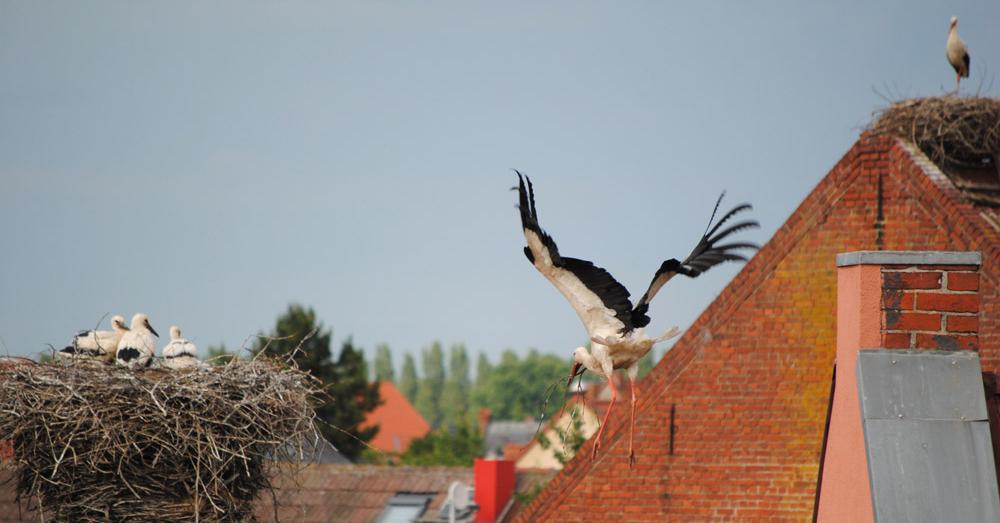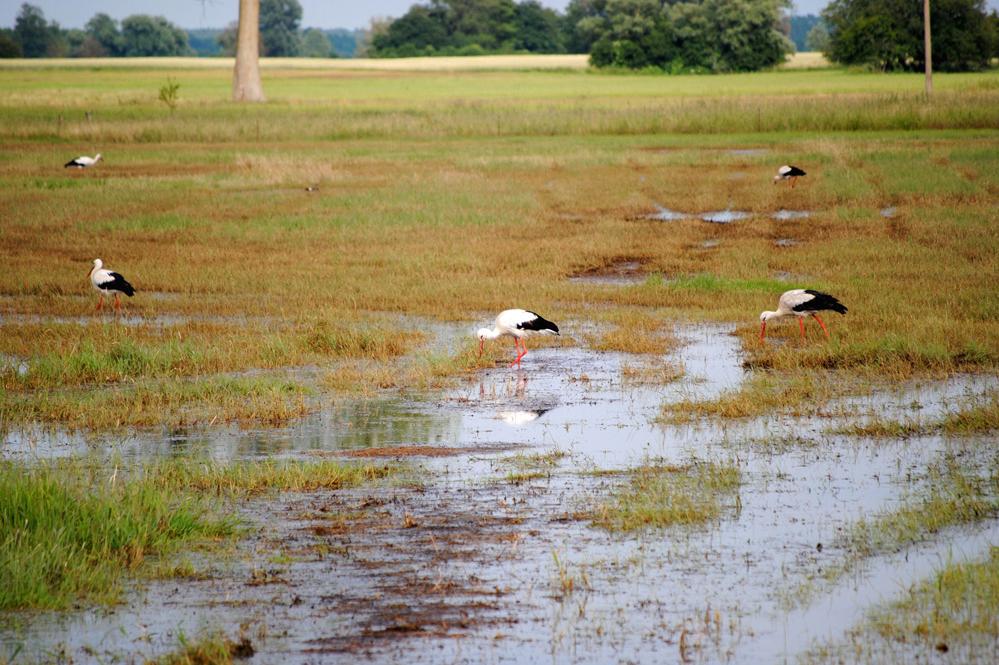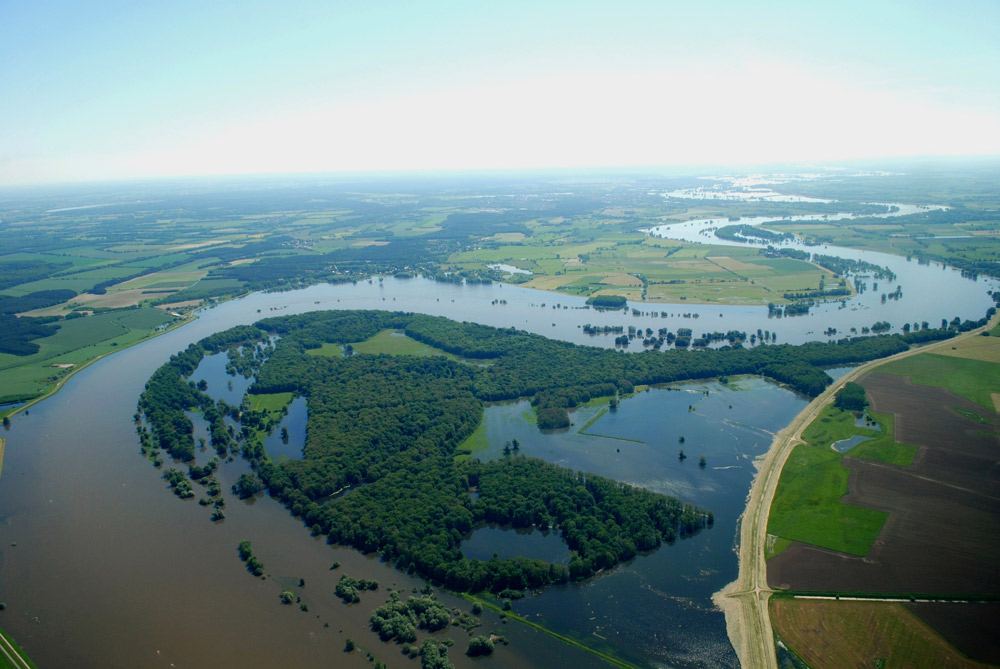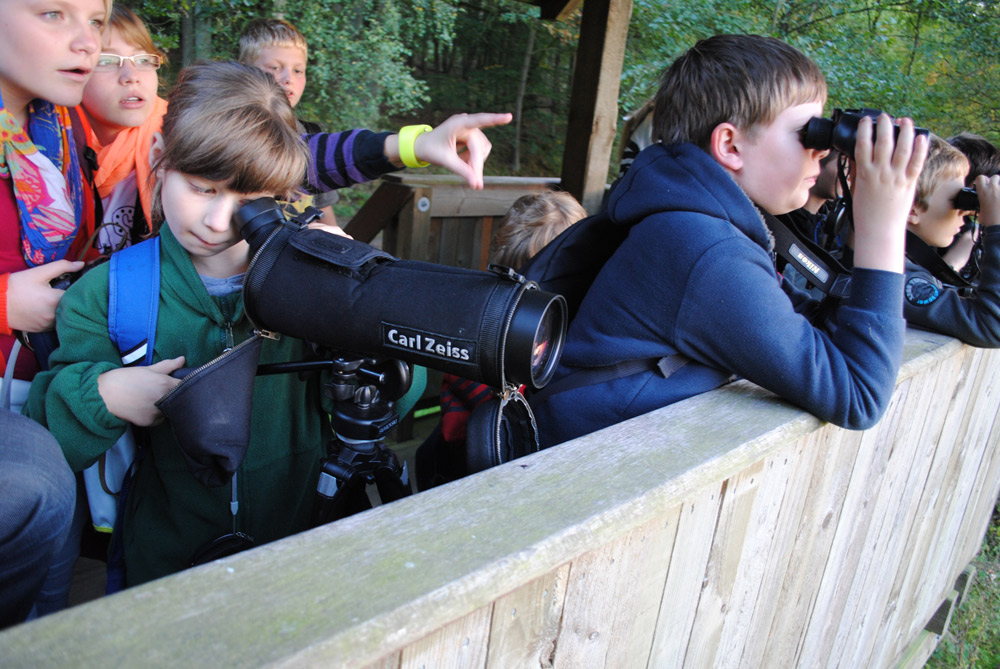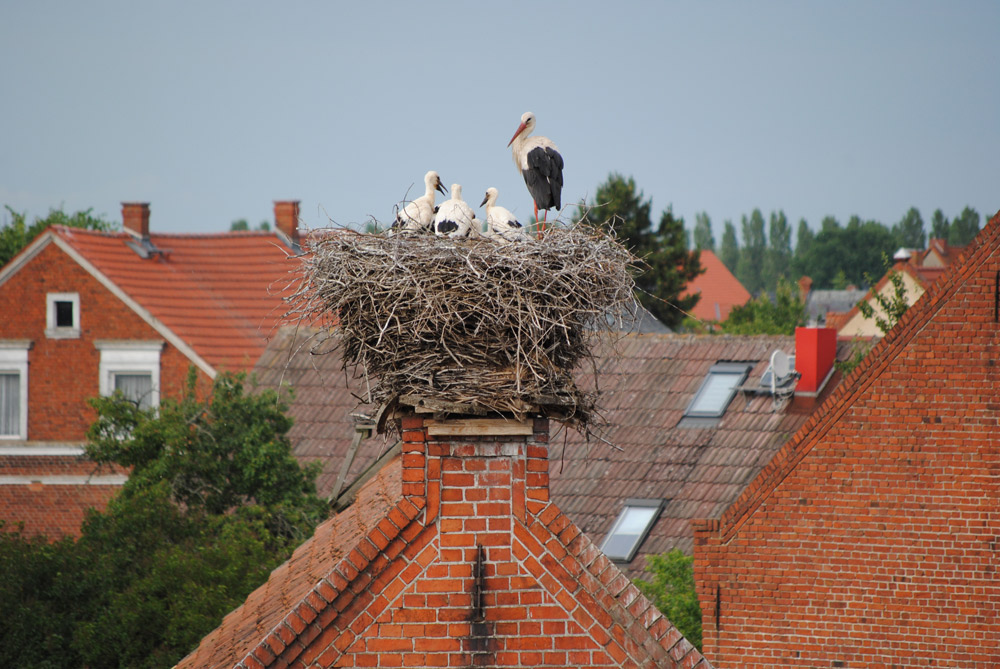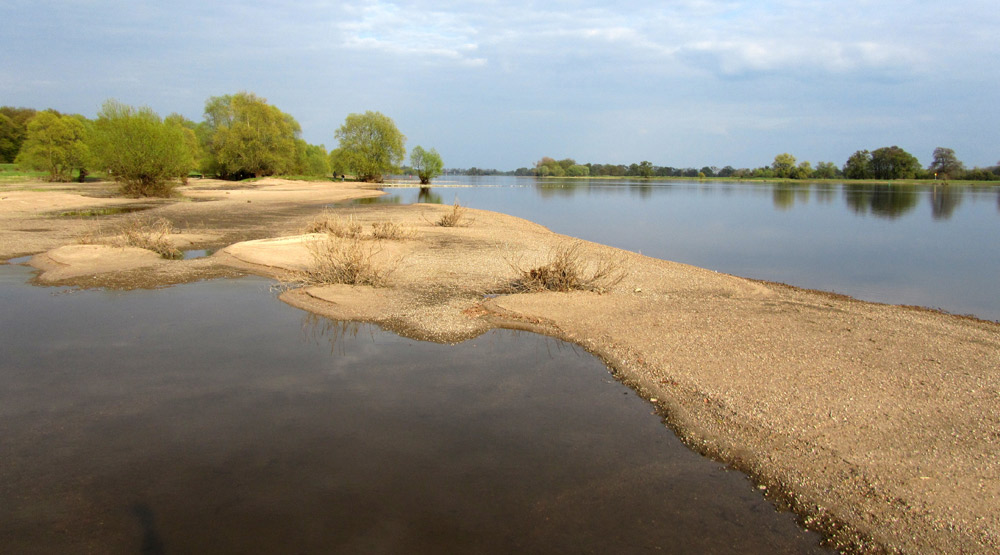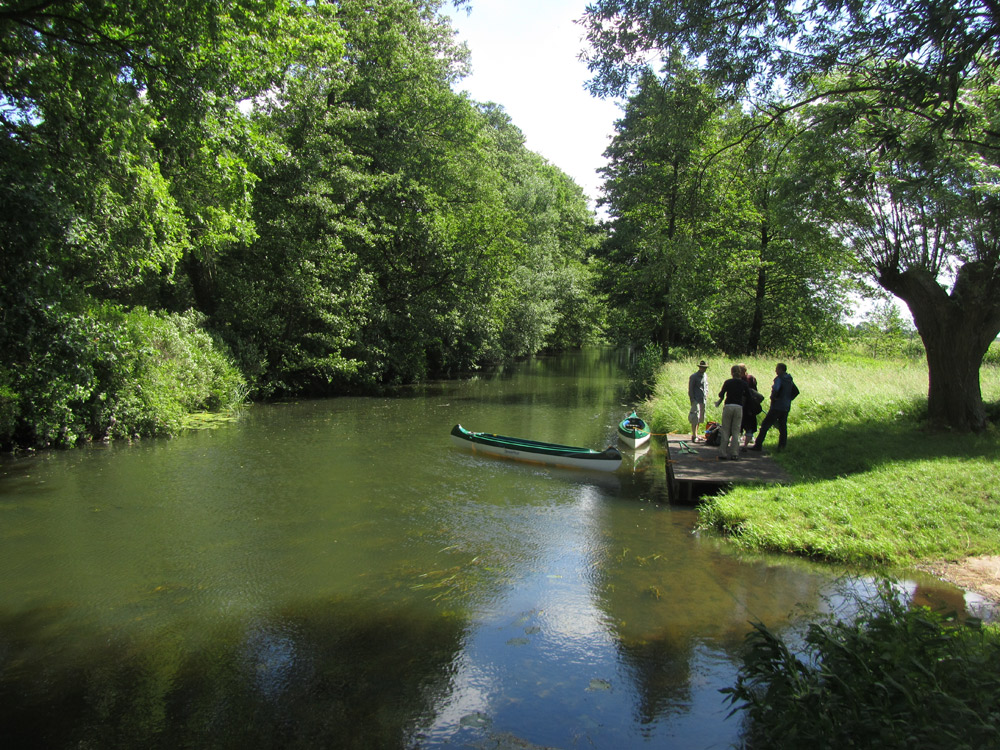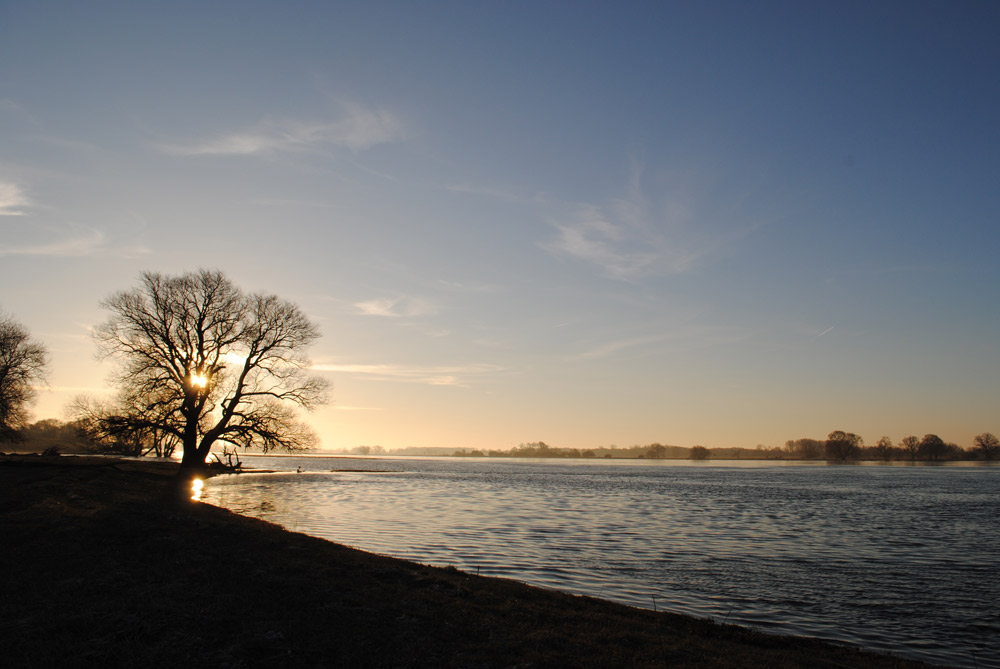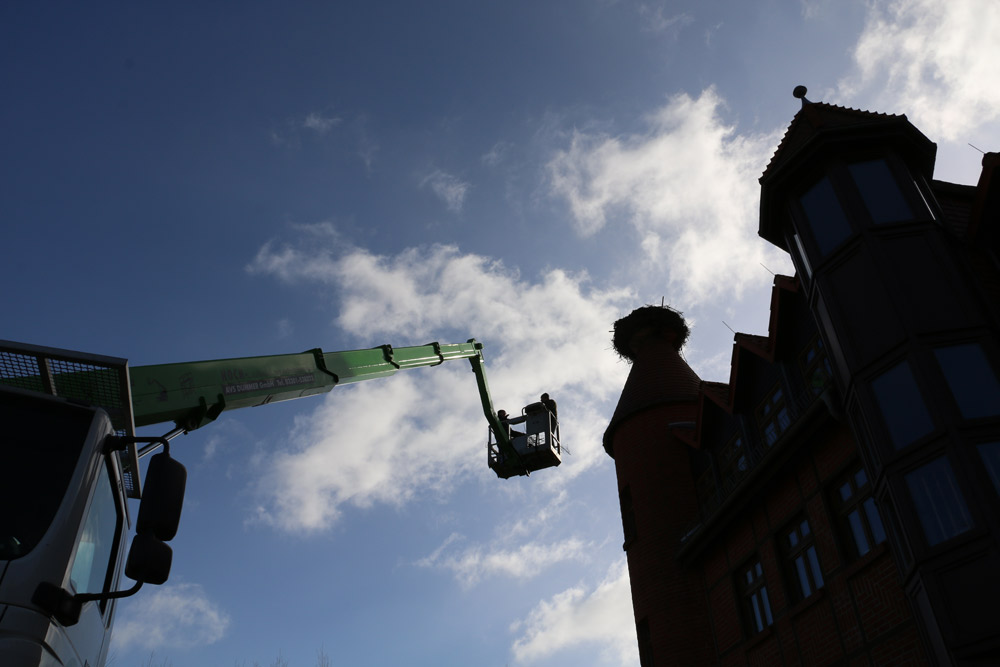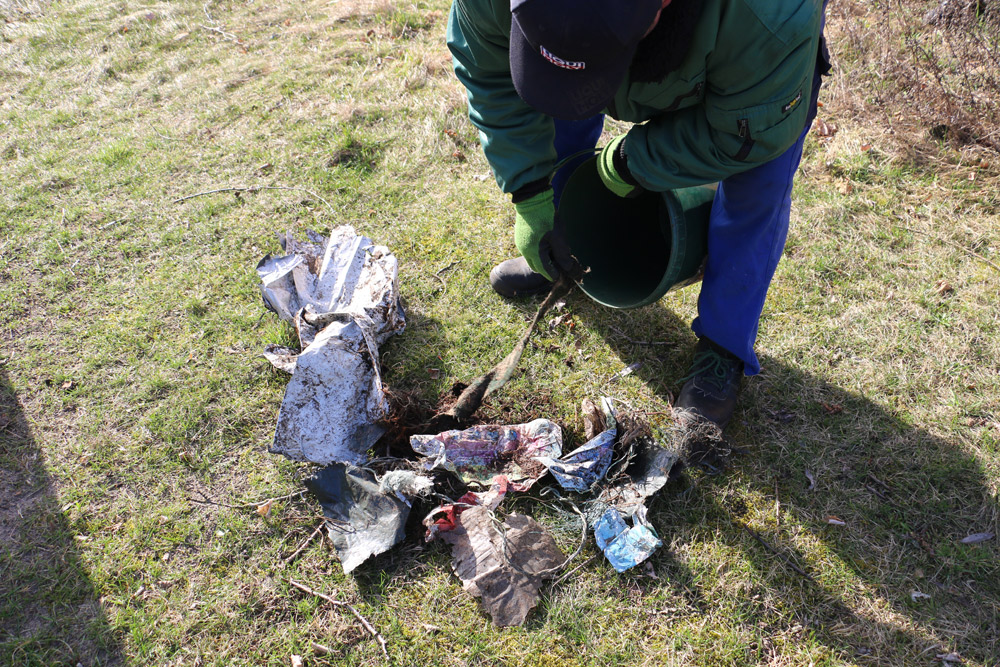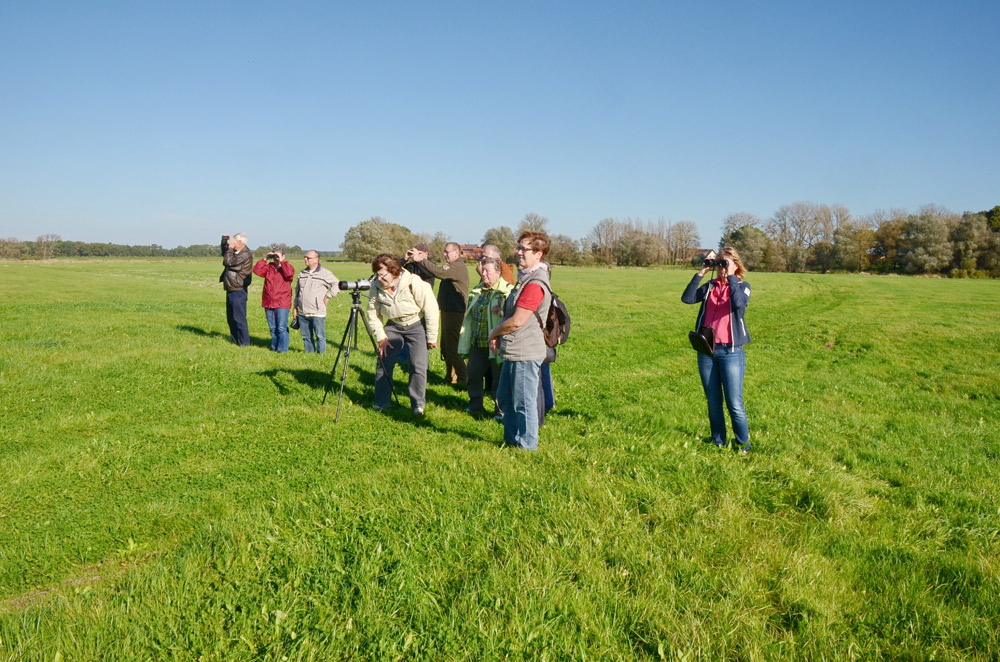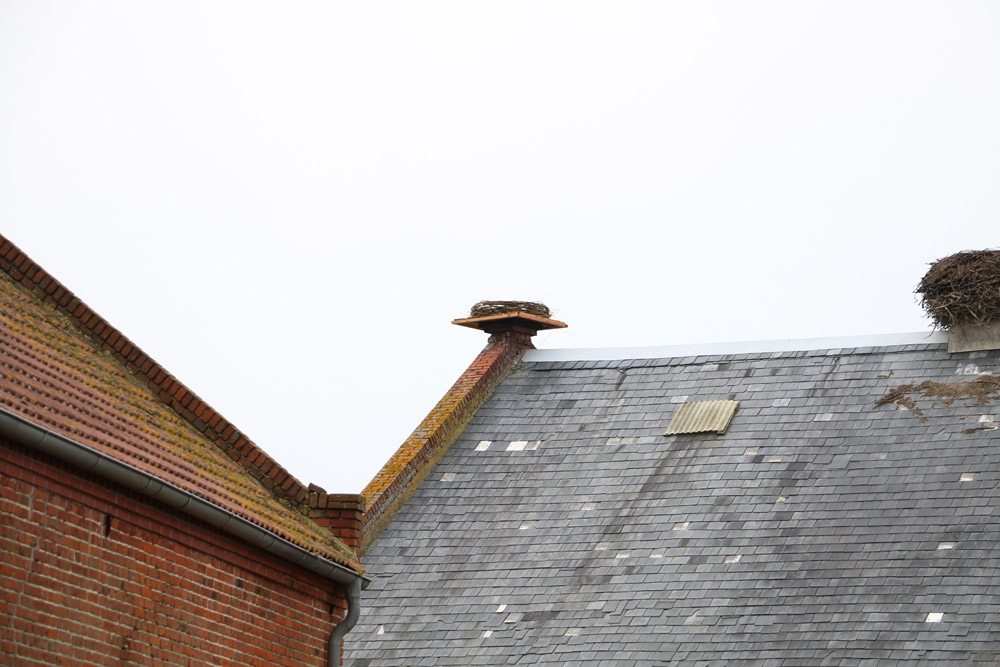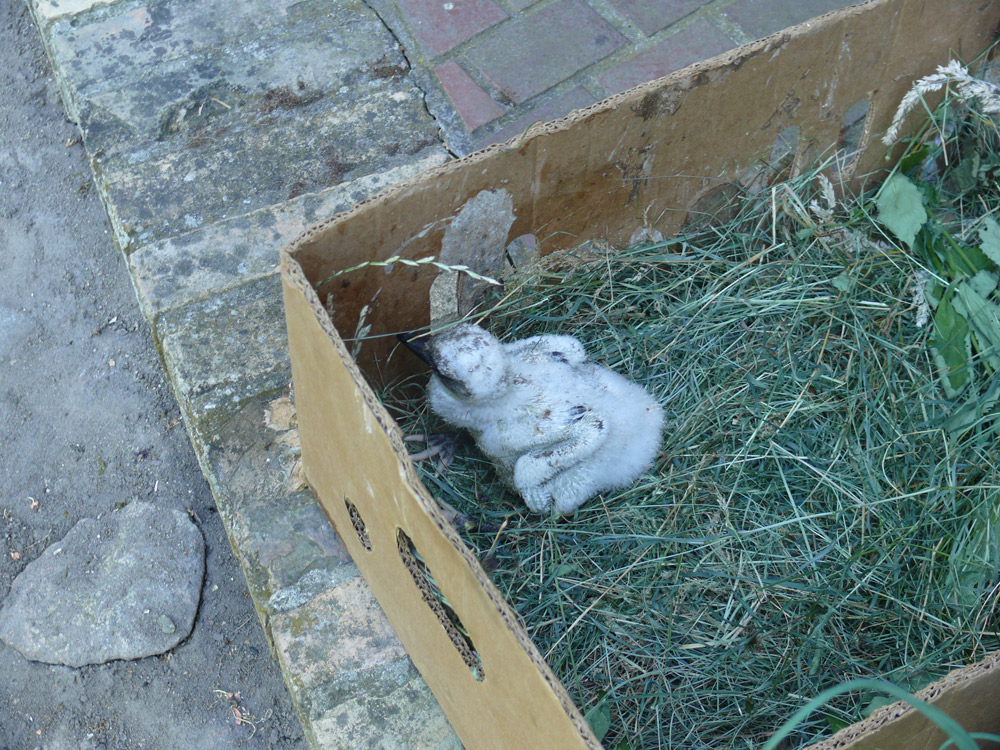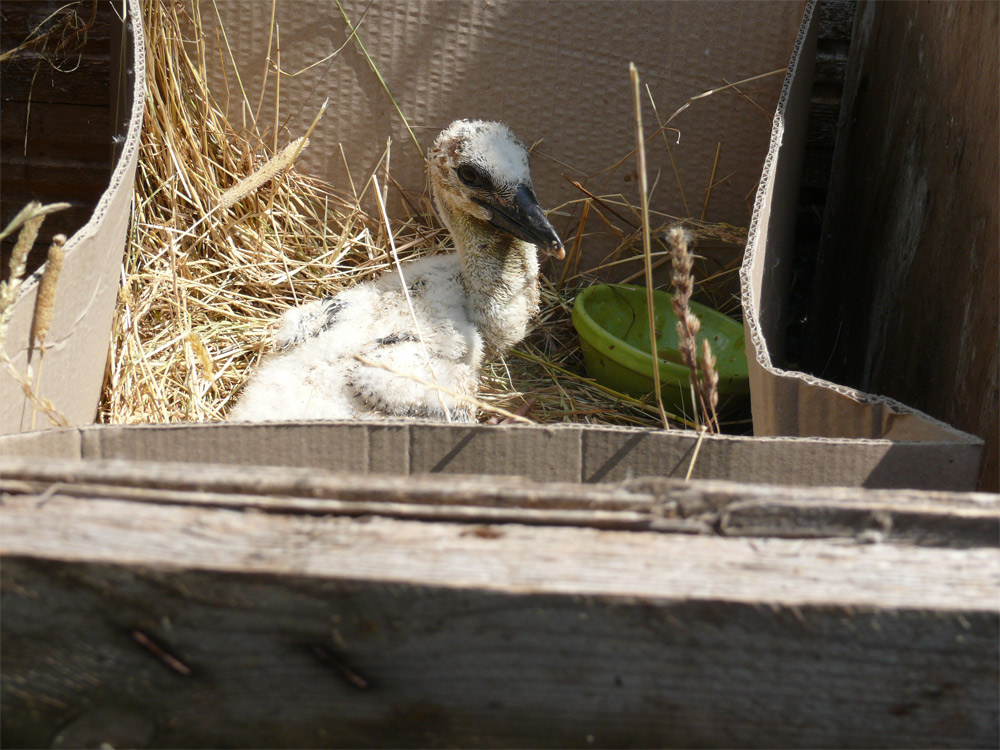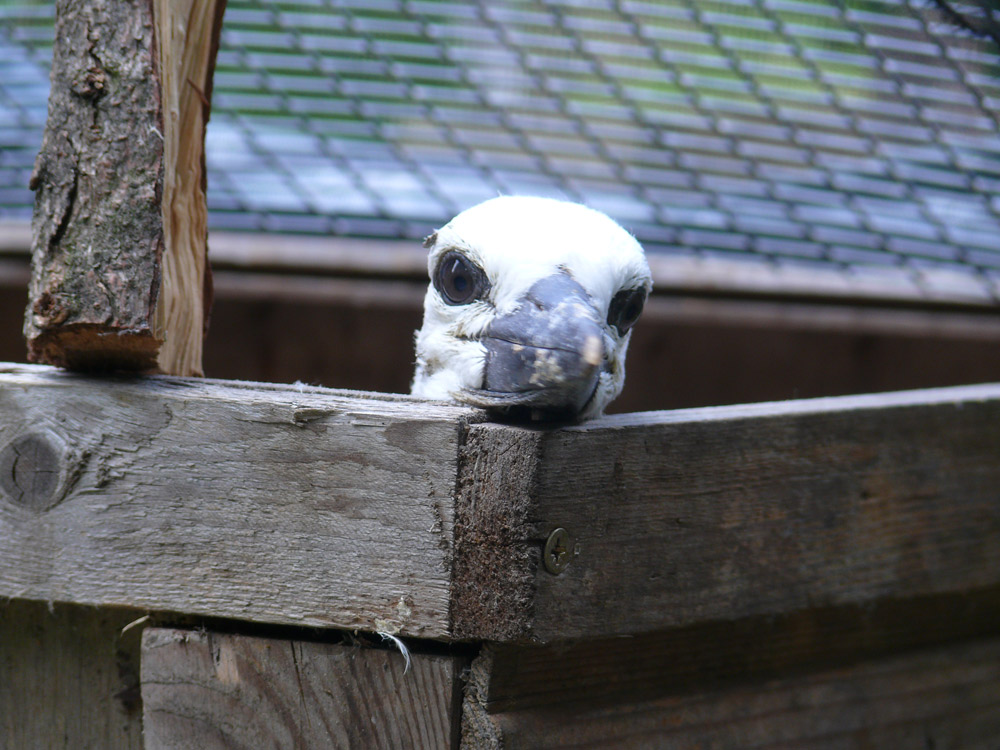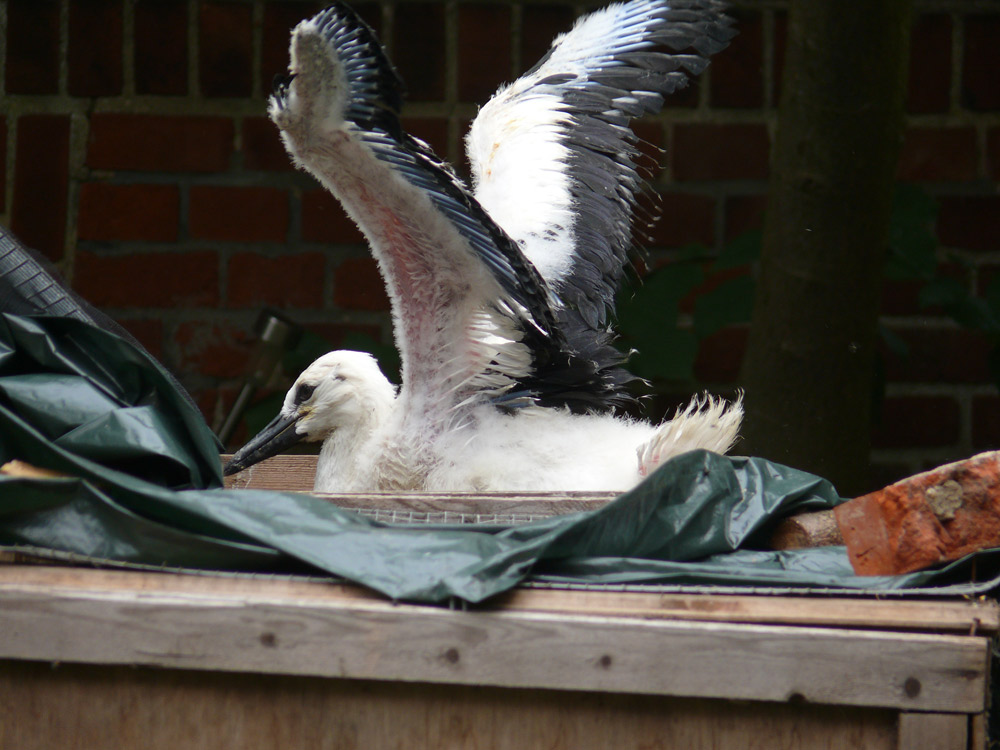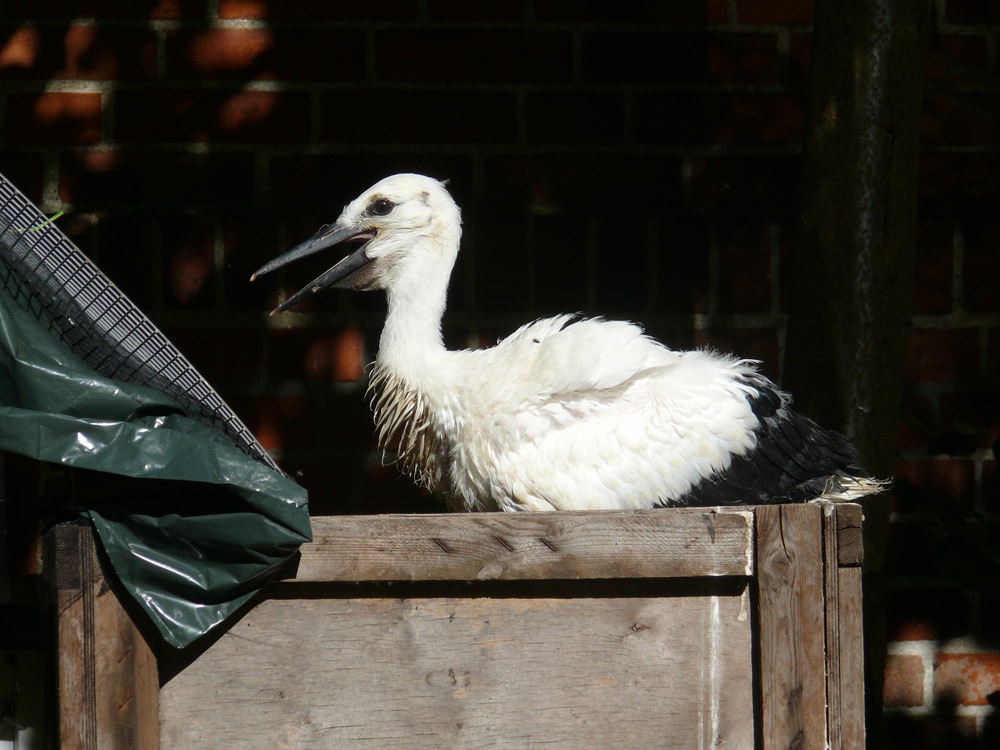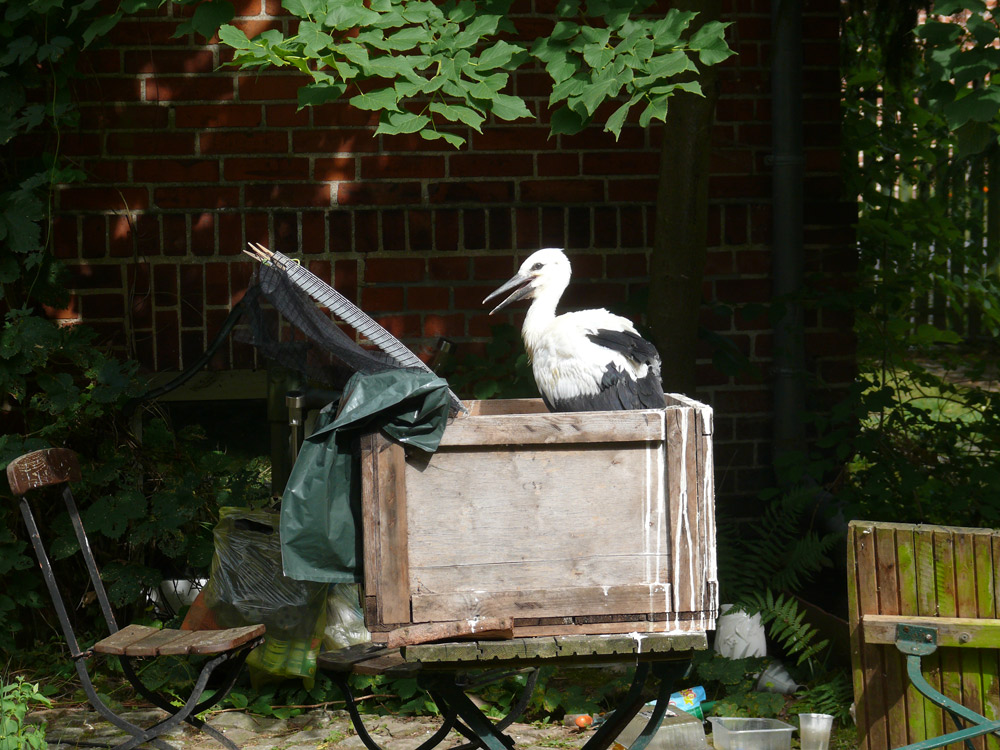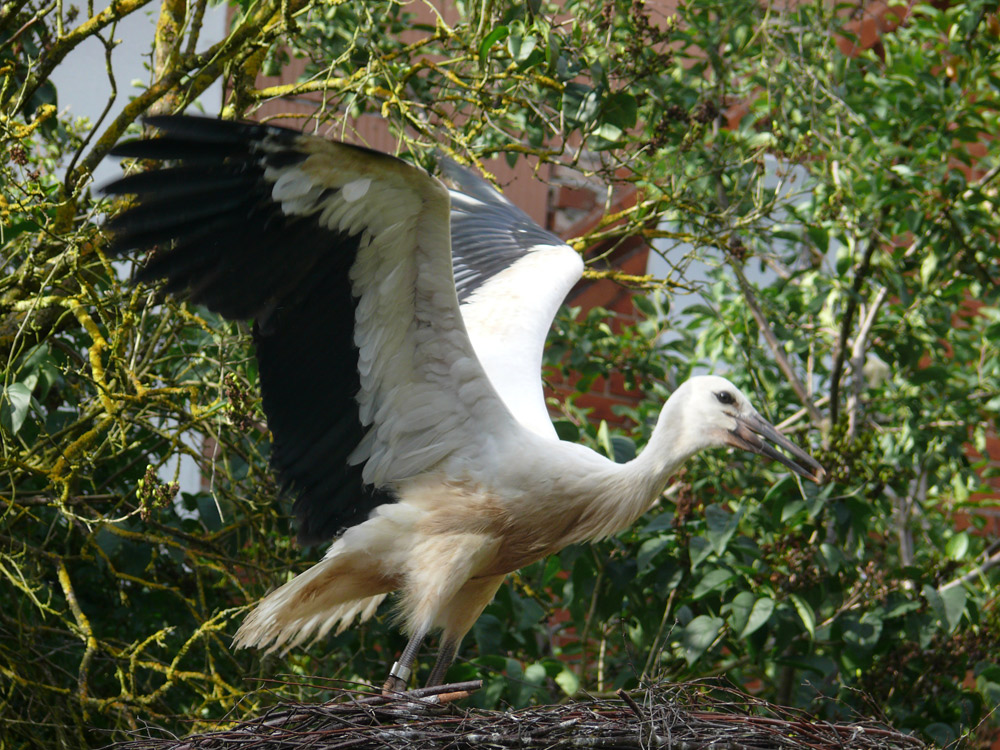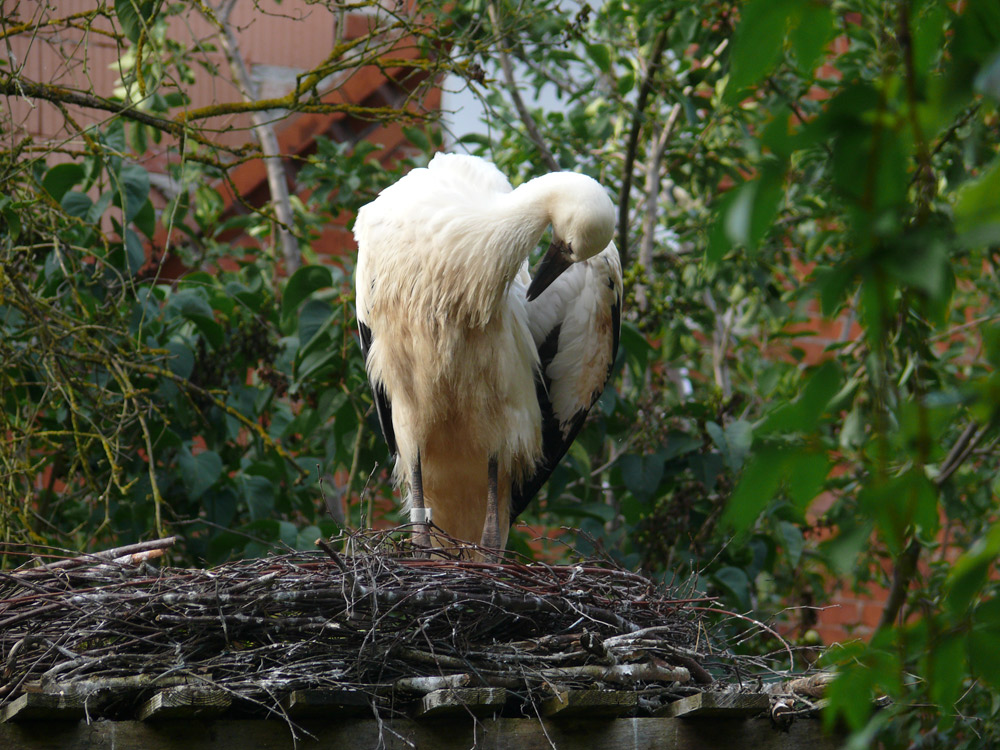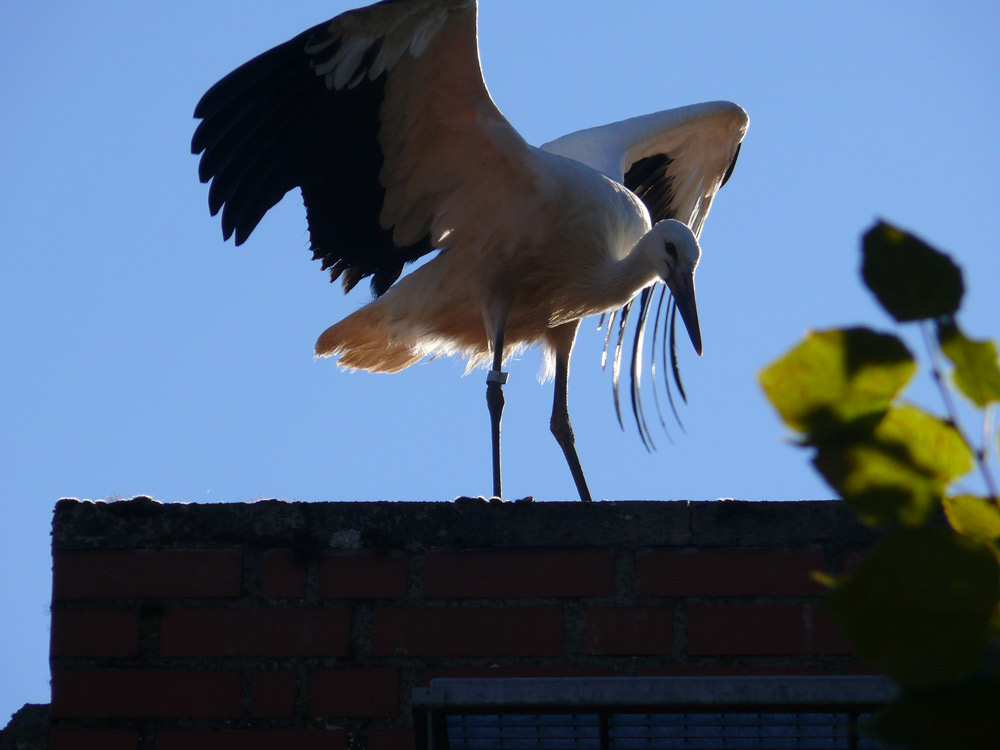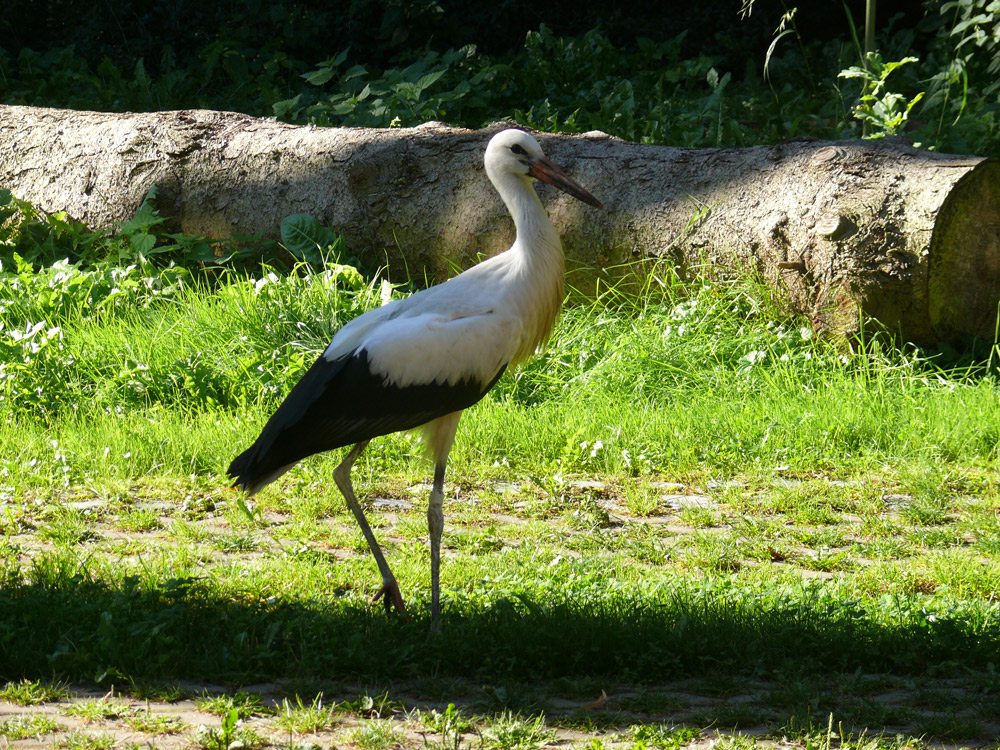Rühstädt, Germany, 1996
Facts and Figures
- Location:
- Germany, Brandenburg, Prignitz district, close to the confluence of the rivers Elbe and Havel and in the middle of the UNESCO Elbe river landscape biosphere reserve.
- Population:
-
 29 - 39Min. and max. numbers of breeding pairs since the year 2000
29 - 39Min. and max. numbers of breeding pairs since the year 2000 240 (560)Inhabitants in the year 2017
240 (560)Inhabitants in the year 2017 - White stork in German:
- Weißstorch
- Nesting sites:
- On top of roofs of barns and outhouses, on poles
- Events:
- Annual „Stork Festival“, exhibition on storks, guided tours, educational programs
Contact
Storchenclub Rühstädt
Am Schloss 5, 19322 Rühstädt
+49 38791 6703
storchenclub-ruehstaedt(at)t-online.de
www.storchenclub.de
UNESCO Biosphere Reserve River Landscape Elbe
Administration
Neuhaus 9, 19322 Rühstädt
+ 49 38791 80 18 10
br-flusslandschaft-elbe(at)lfu.brandenburg.de
www.elbe-brandenburg-biosphaerenreservat.de/en/
Google Map
This map is currently hidden to protect your privacy. If you click the button below it will be loaded from Google.
When enabling the checkbox below your preference will be stored as a cookie to automatically display all maps on page load. The cookie will be stored for one week.
Inhabitants (human)
There are about 240 inhabitants in the actual village of Rühstädt and 560 in the borough of Rühstädt which includes another three neighbouring villages.
Nesting sites
Most of the nests are situated on top of roofs of barns and outhouses, using wooden support constructions. However, despite vacant nesting sites a number of storks persistently build a nest without man-made support. There are also several nests on poles in the neighbouring villages within the borough of Rühstädt.
Events and tourism
- Annual „Stork Festival“ on the last Saturday in July with lots of information on the white stork and the local breeding population
- Exhibition on storks and local wildlife and a variety of stork-related information, guided tours and educational programs.
Landscape and habitat
Much of the area surrounding Rühstädt is under nature protection in the UNESCO Elbe river landscape biosphere reserve and extensively farmed. Towards and along the river Elbe there are vast floodplains and remnants of alluvial forests, offering a diverse range of wet habitats (marshland, wet meadows, pools with upward seepage water, backwaters). Inland the landscape is dominated by grazing meadows and arable fields.The floodplains of the river Elbe with a variety of wet zones are the main feeding ground for the Rühstädt storks. Also, at times of soil cultivation the storks forage close to their nests on the surrounding arable fields. The storks feed mainly on mice, voles, moles, hamster, frogs, eels, snakes, worms and insects.
Uwe and stork Leppin
Local resident Uwe Weltin has been taking care of injured storks for a long time. In June 2016 a young stork was found on the ground in the nearby village of Groß Leppin, it had fallen out or been pushed out of the nest. Uwe went to pick up the bird and soon noticed that, despite the circumstances, it was full of energy and determined to survive. Uwe named the little stork “Leppin” and made sure that the little stork wouldn’t get too tame and kept human contact to a minimum. Uwe could tell that Leppin could hear him from a distance and eagerly and noisily awaited the next feed. Like most juvenile storks Leppin too got ringed. After 8 weeks he had grown into a strong juvenile and was released into the wild. In September Leppin paired up with two other storks and set off on his migration south.
Stork Leppin
Conservation
- Regular nest maintenance carried out by the stork club
- Creation of new habitats and small bodies of water
- Tree planting, both solitary trees and alluvial forest
- Water management, wetland rehydration
- close cooperation with farmers
- construction of fish ladders on the nearby river Karthane
Local players and EuroNatur partners
Storchenclub Rühstädt e.V., UNESCO Biosphere Reserve River Landscape Elbe-Brandenburg, Naturwacht (Rangers), Nabu, Tourismusverband Prignitz, Elbtalgrundschule (primary school in the nearby town of Bad Wilsnack), local kindergarten in Rühstädt, local gastronomers, landscape maintenance agency (Landschaftspflegeverband)
 Report sighting
Report sighting
Have you seen a white stork or another interesting species of animal, plant or fungus? Make your observation count for nature conservation and share it with other nature lovers! It’s free and it’s fun!






